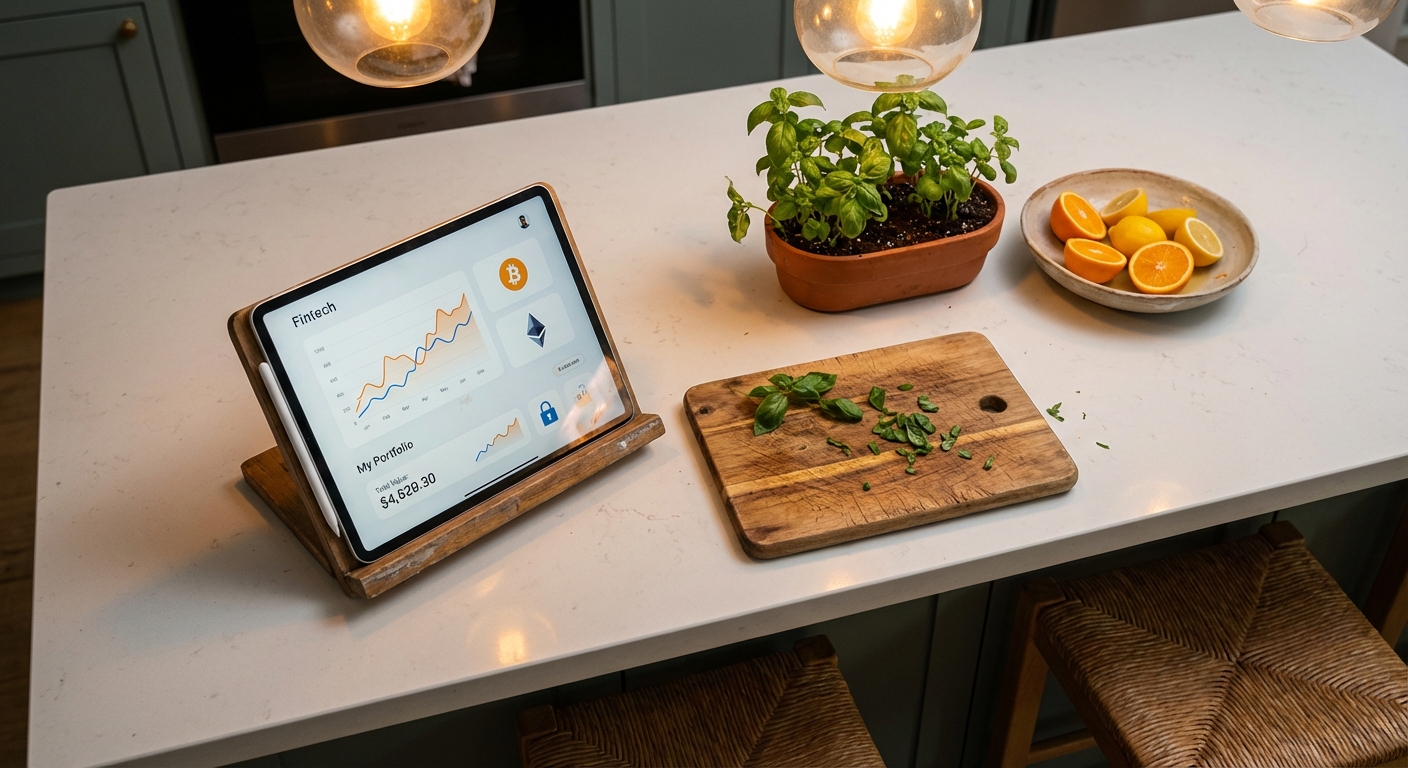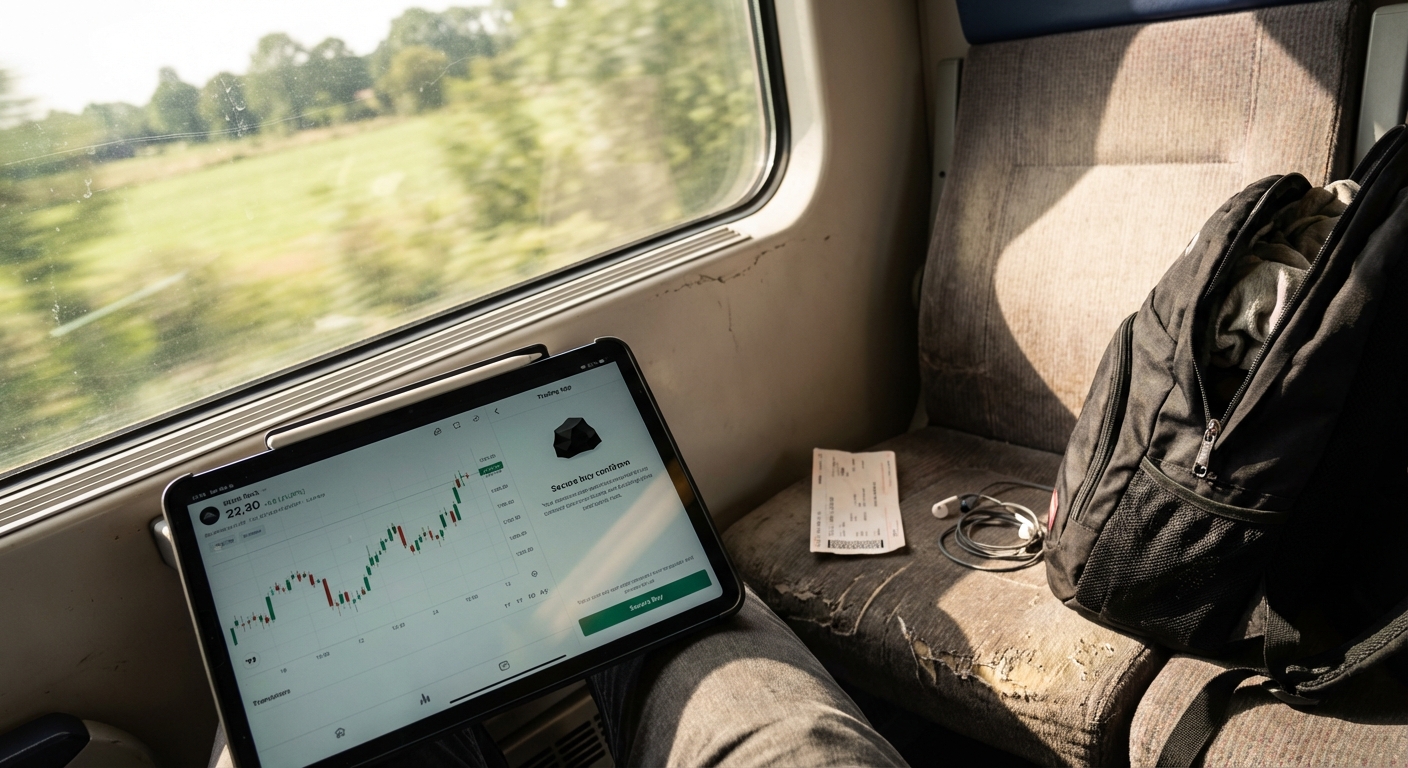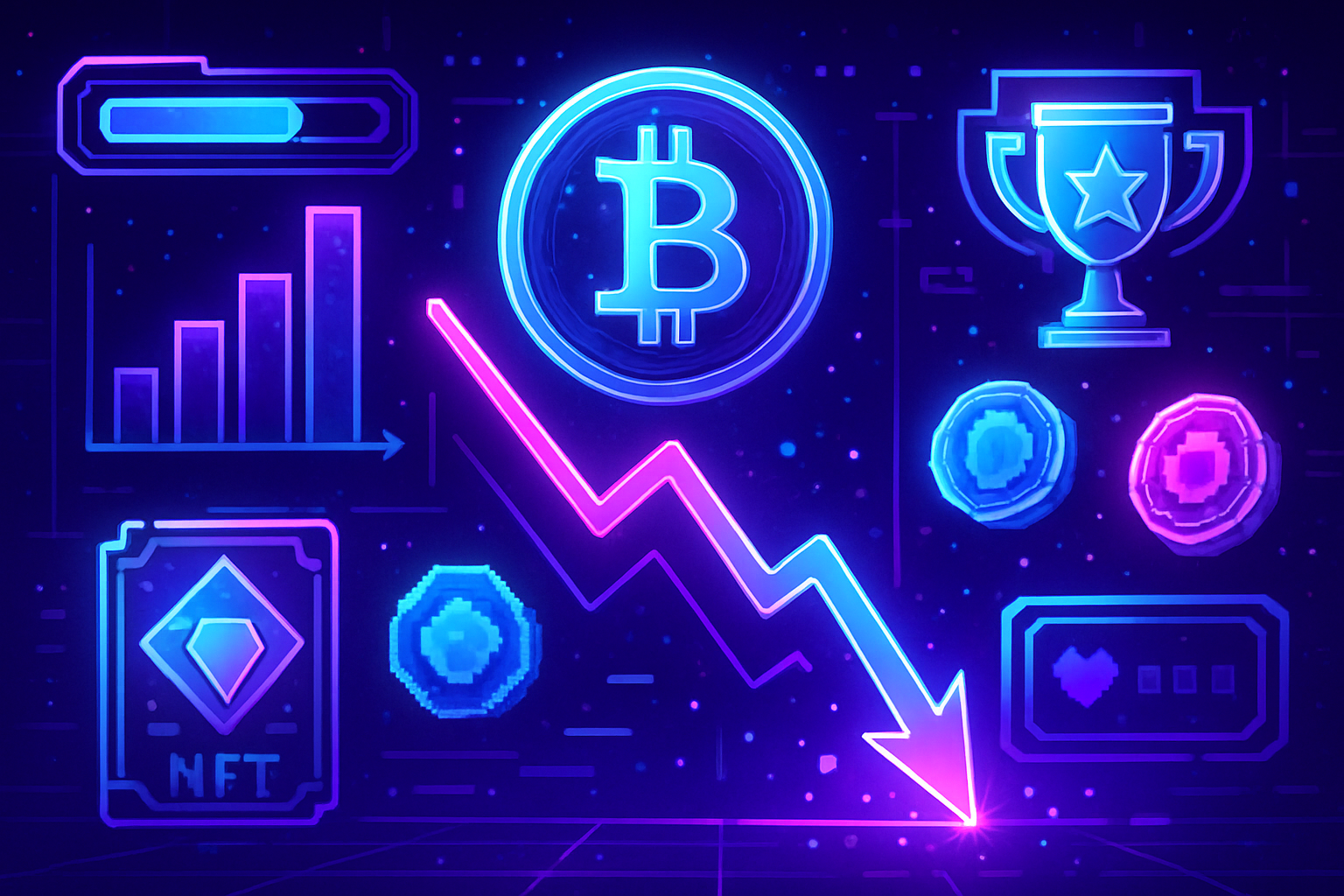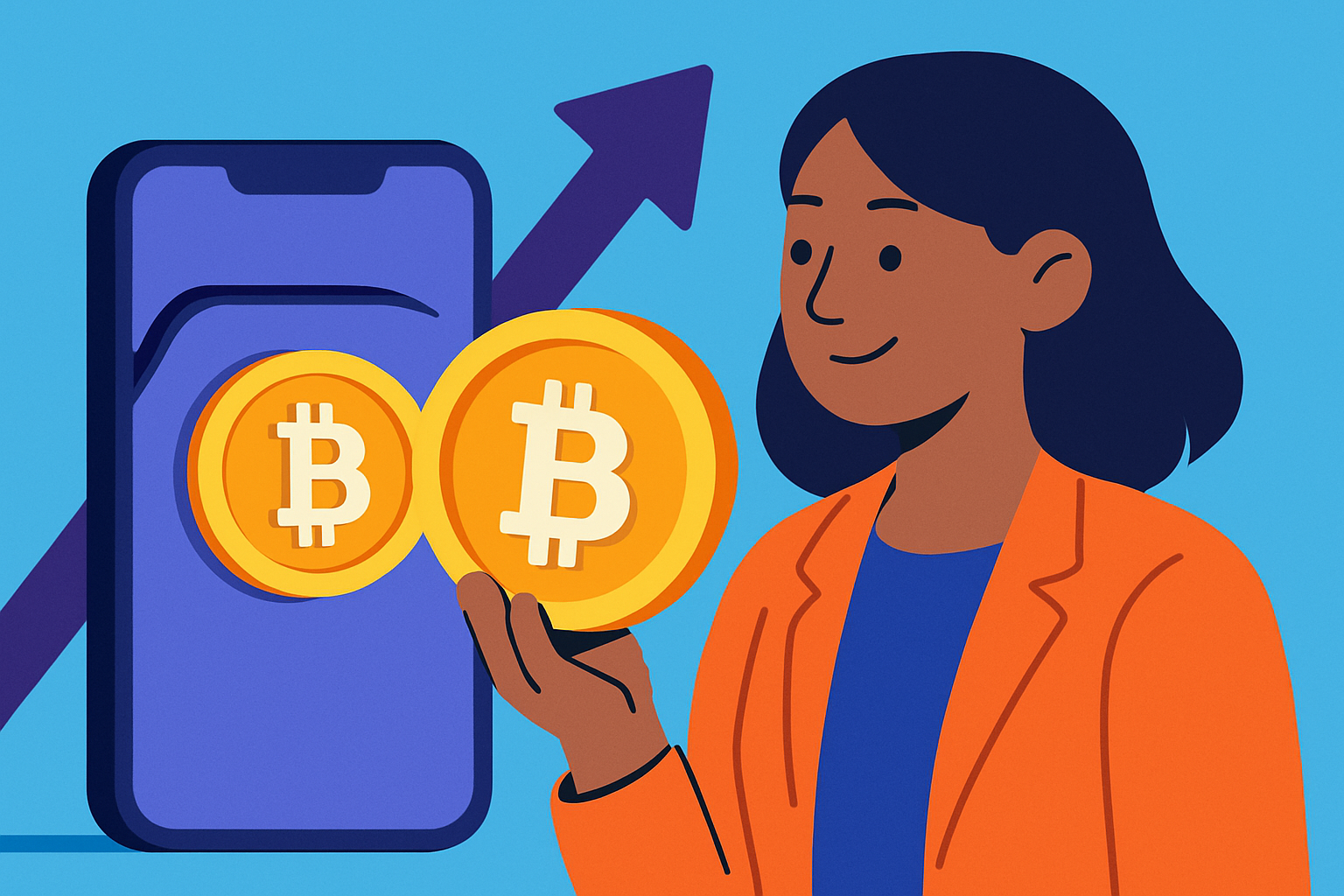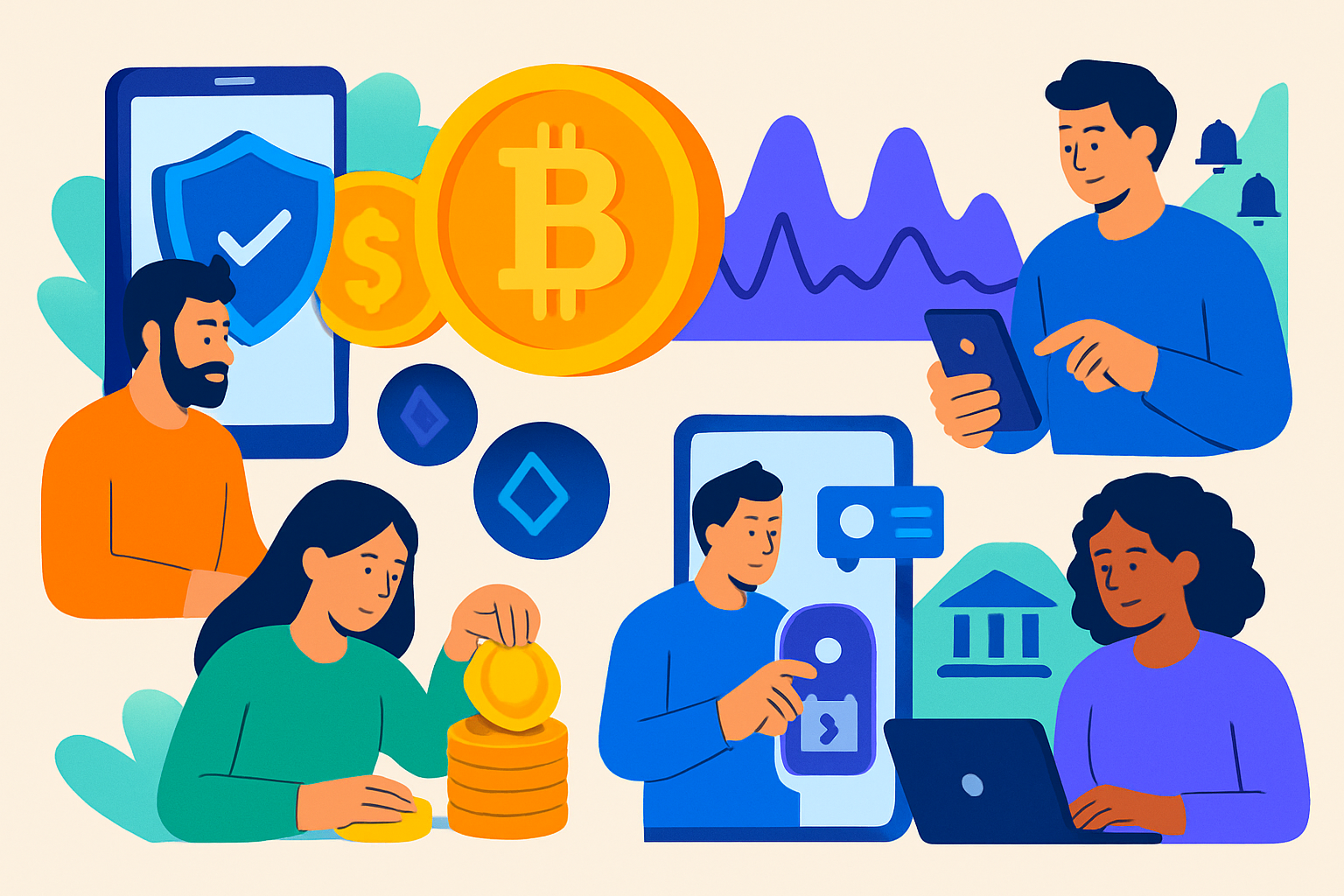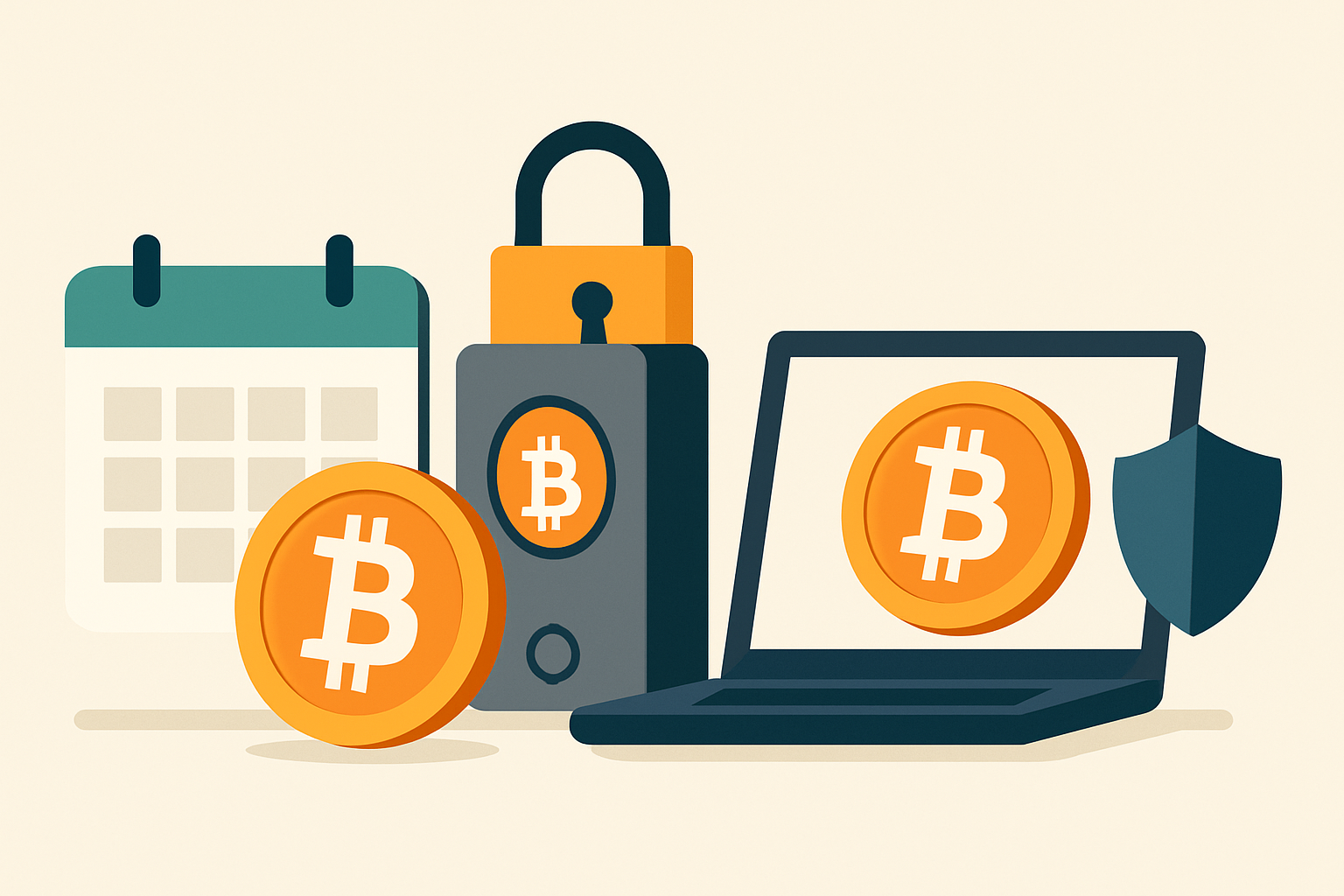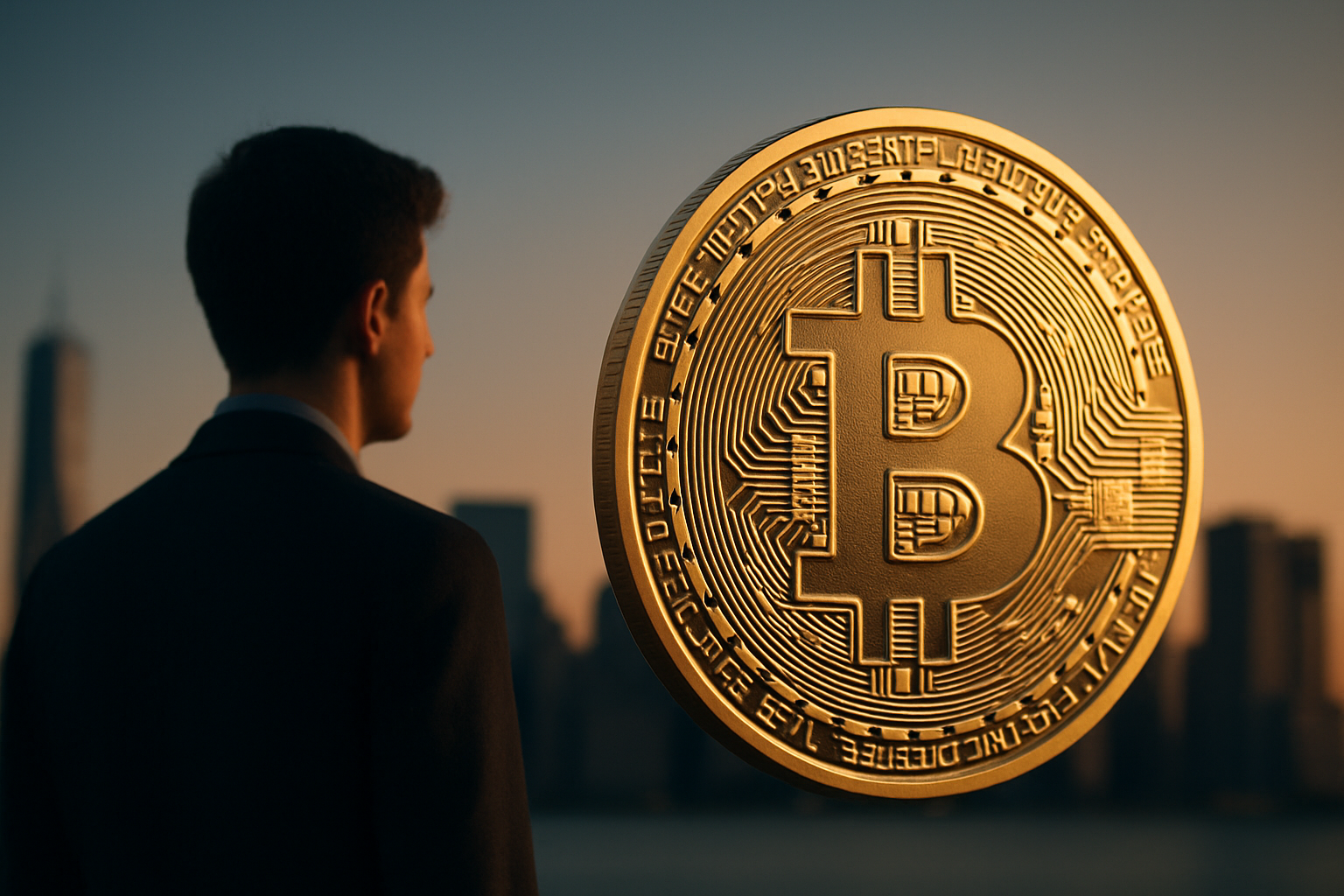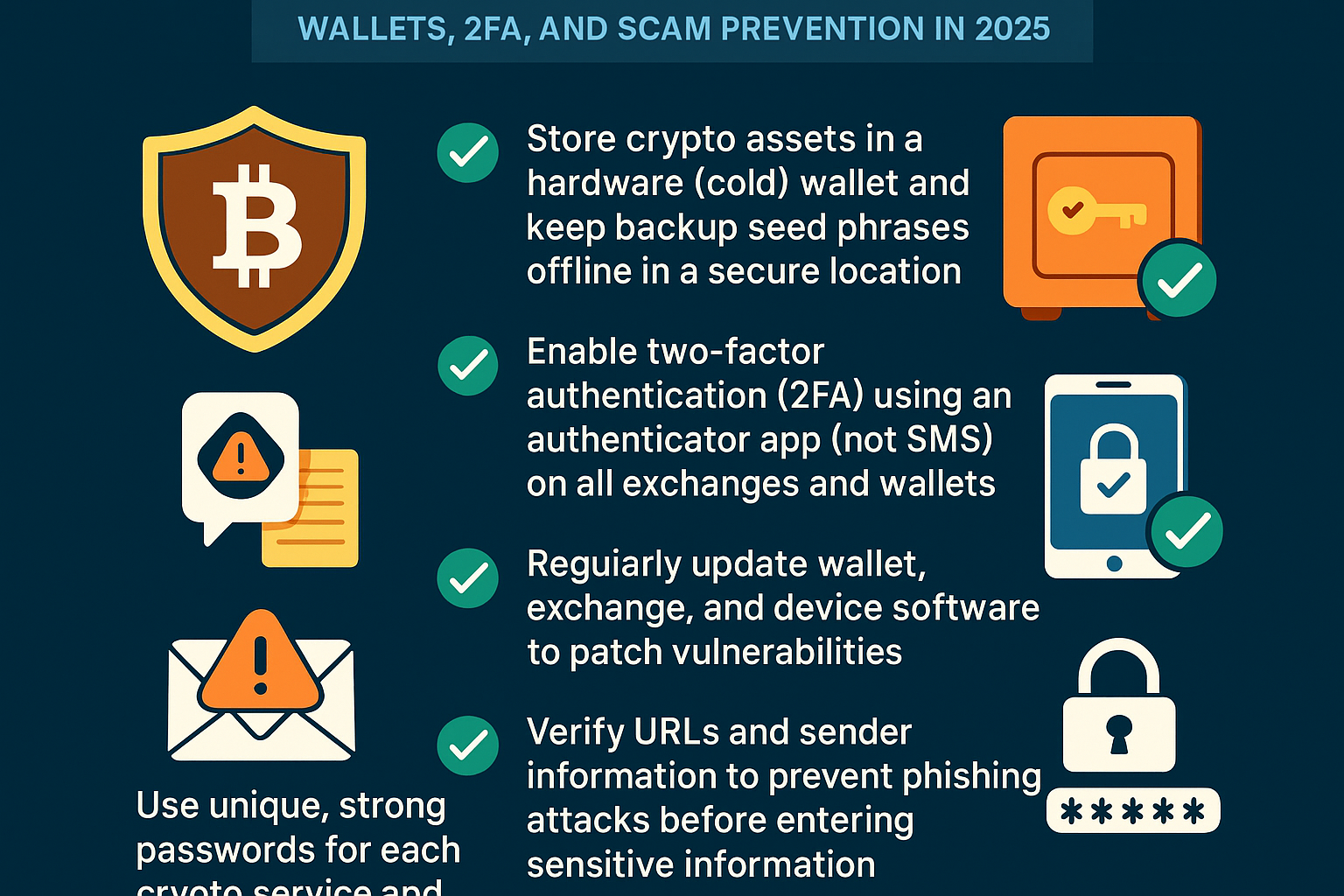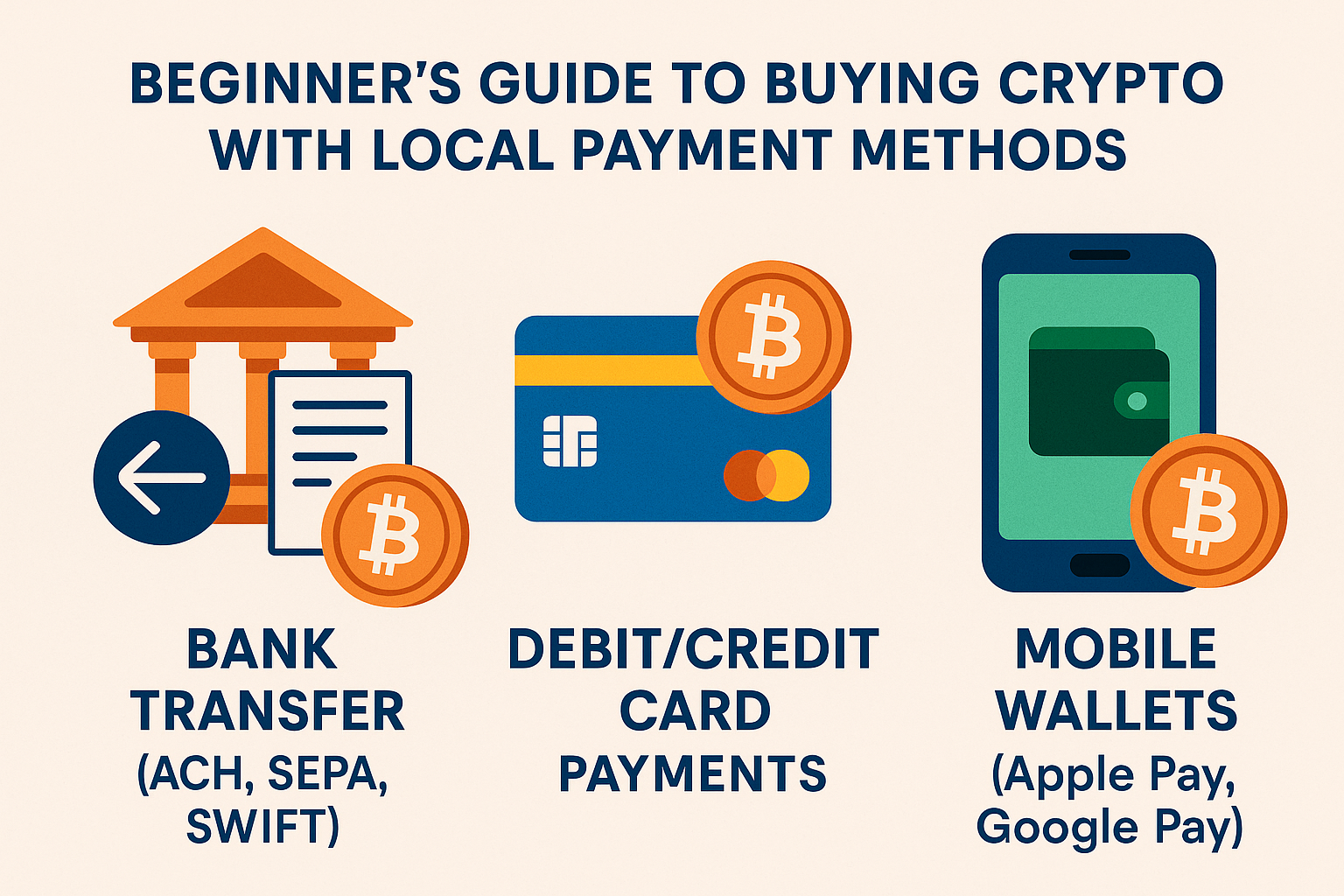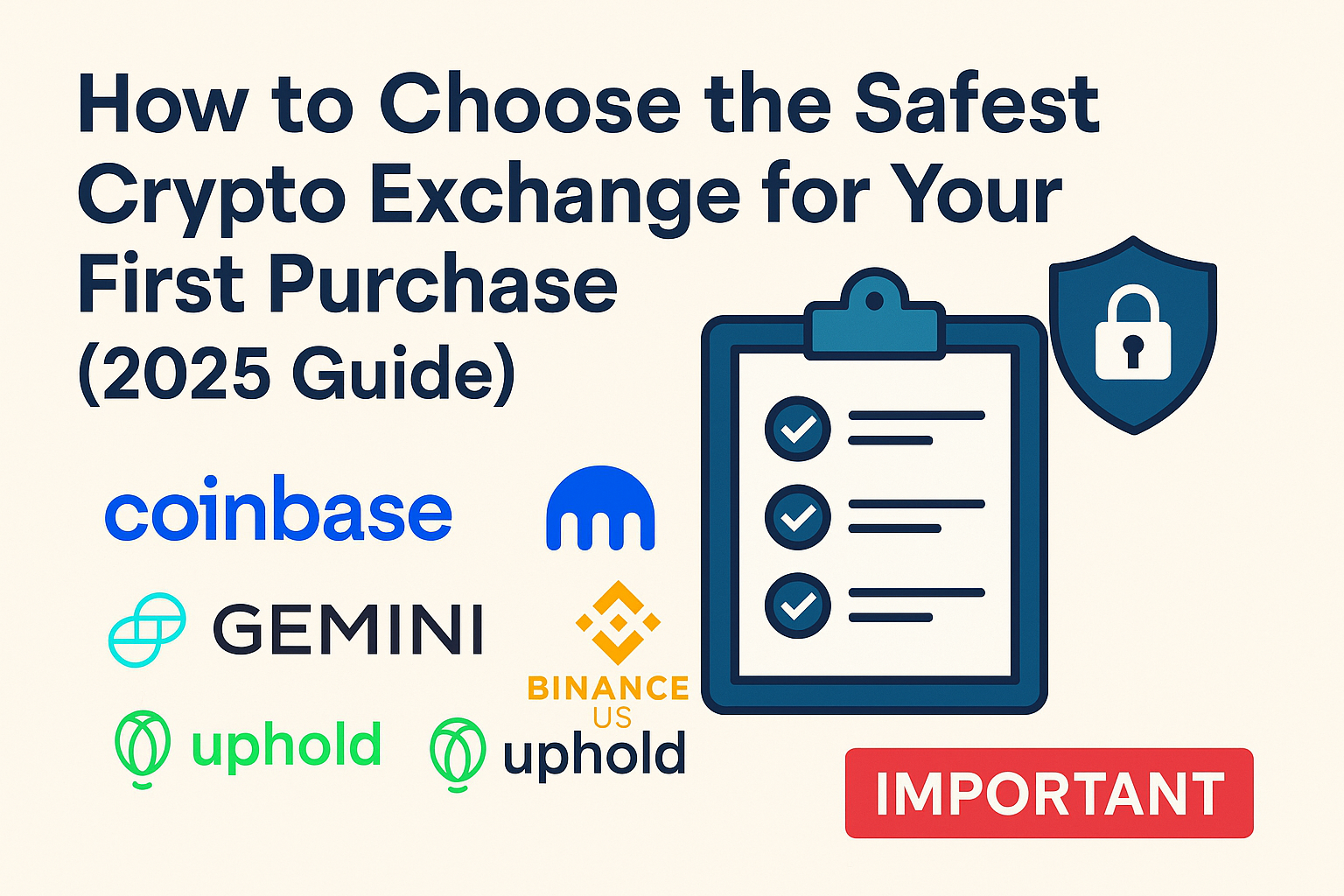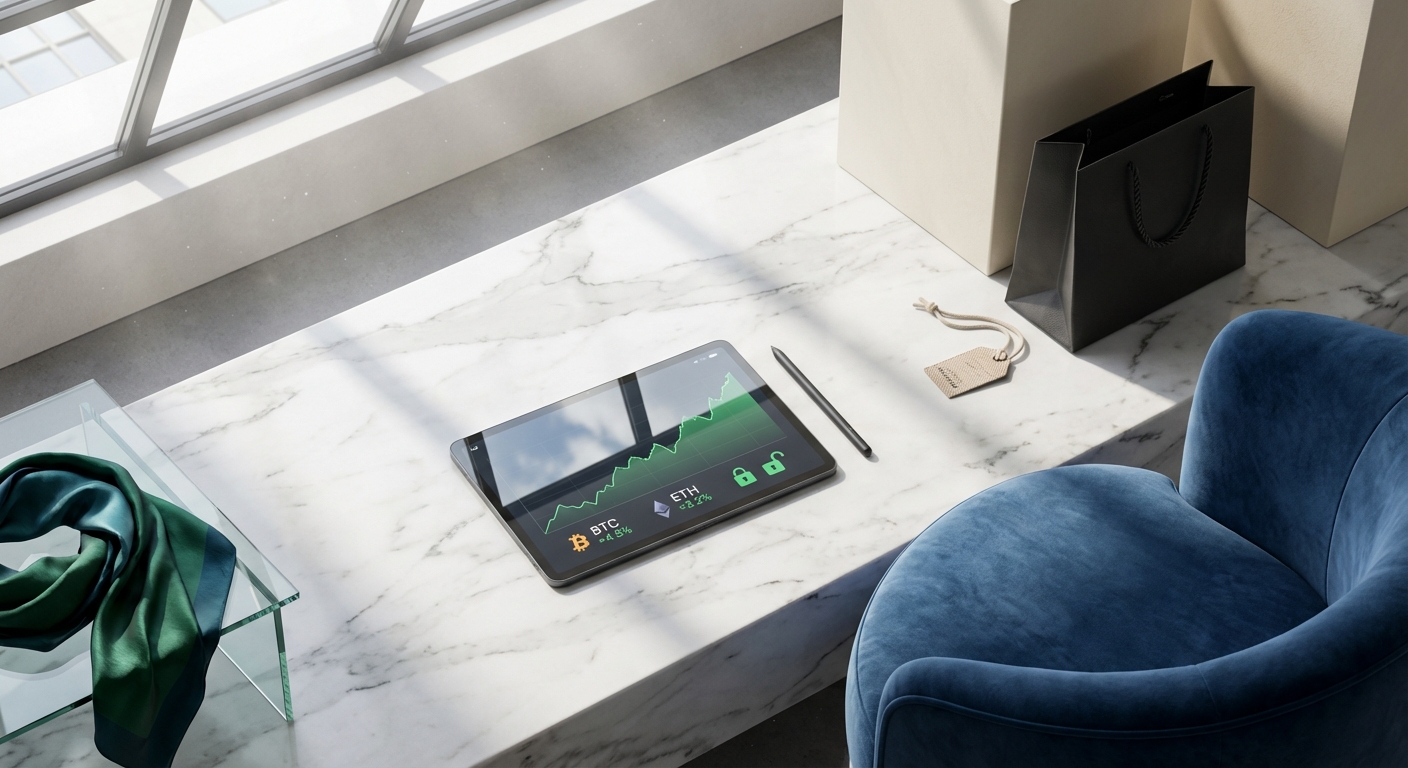In an era where Bitcoin commands a price of $91,969, traditional finance institutions are redefining access to...
Getting Started
In a seismic shift for traditional finance, Vanguard, the $11 trillion asset management behemoth, has finally opened...
Texas just dropped $5 million on BlackRock’s iShares Bitcoin Trust (IBIT), igniting a fire under Bitcoin at...
Bitcoin’s price volatility is once again in the spotlight. On November 5,2025, Bitcoin (BTC) slipped below the...
Is it too late to buy Bitcoin? If you’re asking this question in late 2025, you’re not...
Bitcoin is holding its ground in dramatic fashion. After a wild October flush that wiped out over...
Bitcoin has once again rewritten the rules of digital finance, soaring to an all-time high of $126,157.00...
Another wild week for crypto! With over $1.5 billion in leveraged positions liquidated and Bitcoin’s price dipping...
It’s official: Bitcoin has smashed through the $120,000 barrier, and as of July 16,2025, it’s holding steady...
Bitcoin has smashed through yet another barrier, soaring to a new all-time high of $117,099 as of...
Crypto adoption is soaring in 2025, but so are the risks. As more people buy digital assets,...
Imagine standing on a bustling street in 2025, your phone in hand, ready to buy your first...
Taking your first step into the world of cryptocurrency can feel both thrilling and overwhelming. With so...
Imagine standing on a bustling street in 2025, your phone in hand, ready to buy your first...
It’s easy to feel overwhelmed by the wild price swings in the crypto market. One day, Bitcoin...
Curious about how to buy UUSD cryptocurrency, but not sure where to start? You’re in the right...
Picture this: you’ve just bought your first cryptocurrency, adrenaline still buzzing from watching the transaction confirm. But...
If you’re a US crypto adventurer looking for a fast, familiar way to buy Bitcoin or Ethereum,...
Buying cryptocurrency with a credit card is one of the fastest ways to get started in the...
For many newcomers, the idea of buying crypto is exciting—but the process can feel intimidating, especially when...



